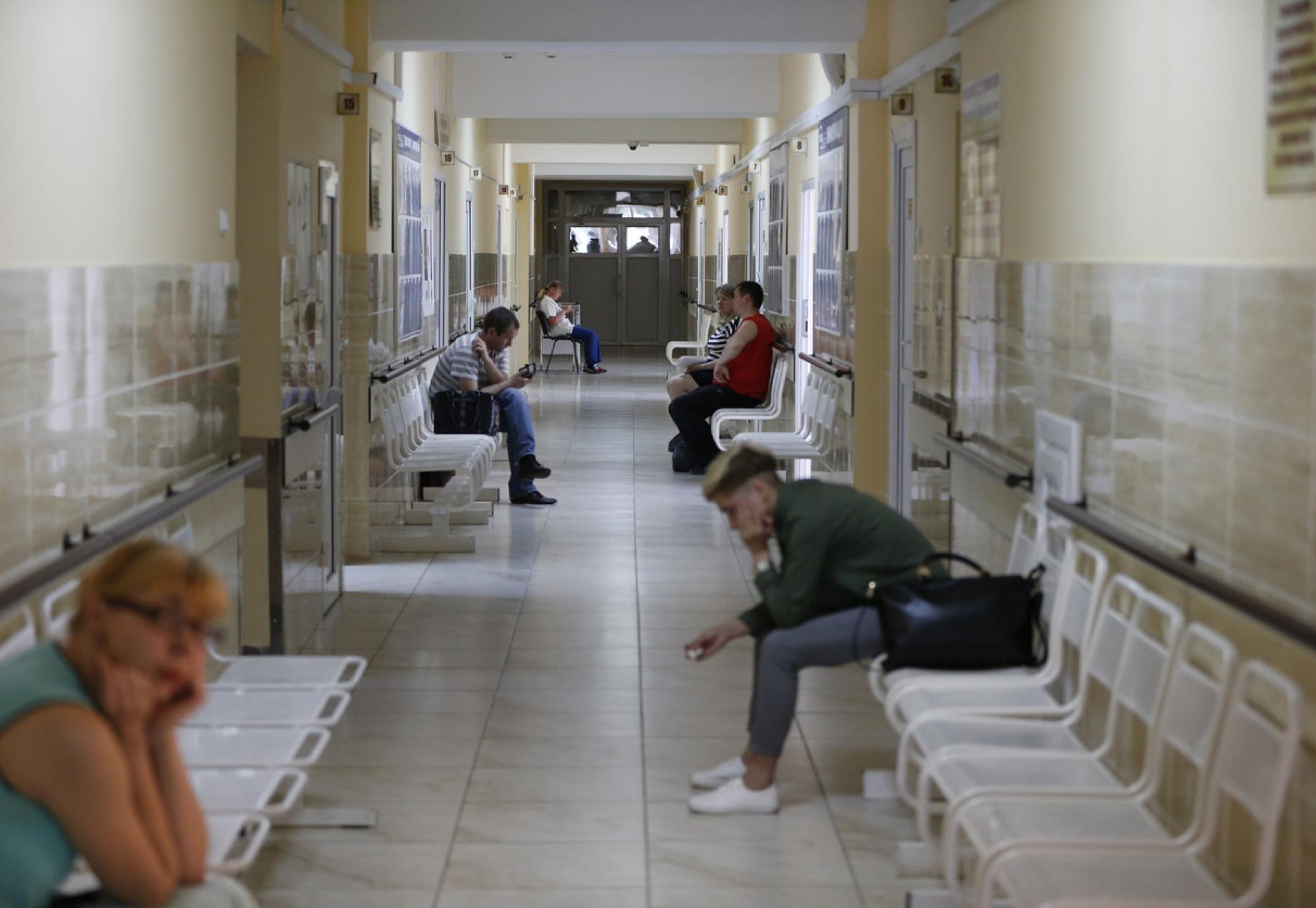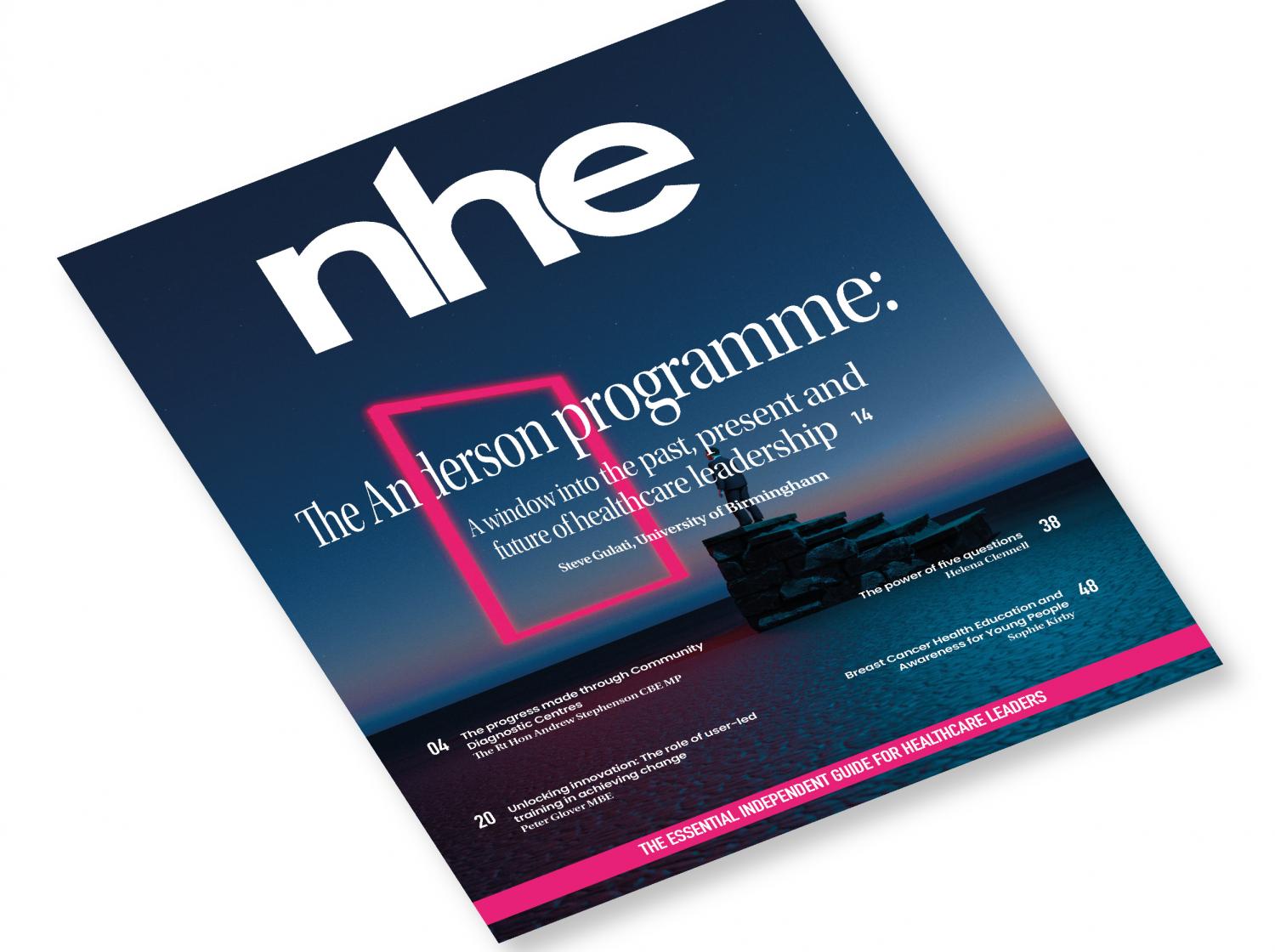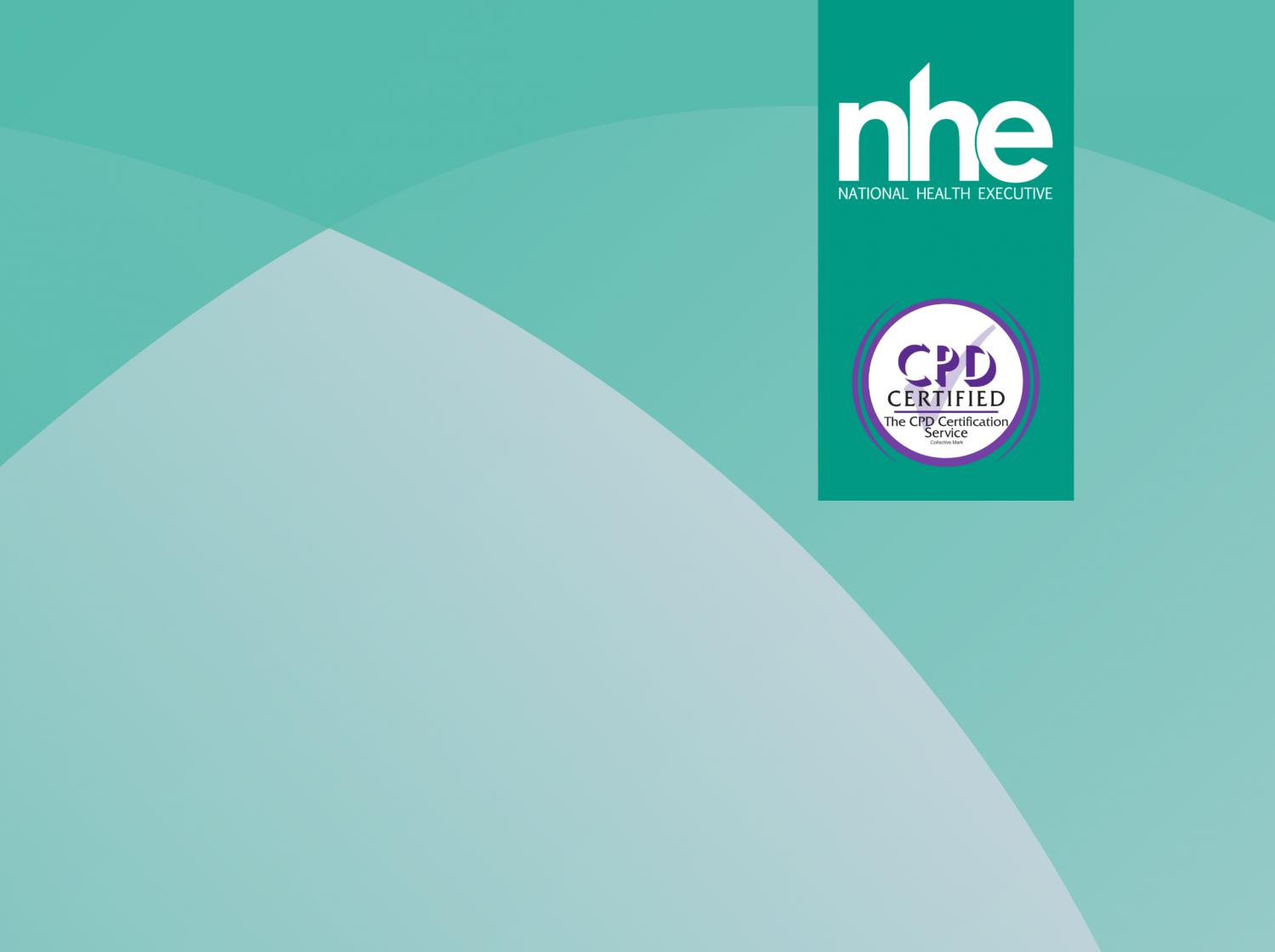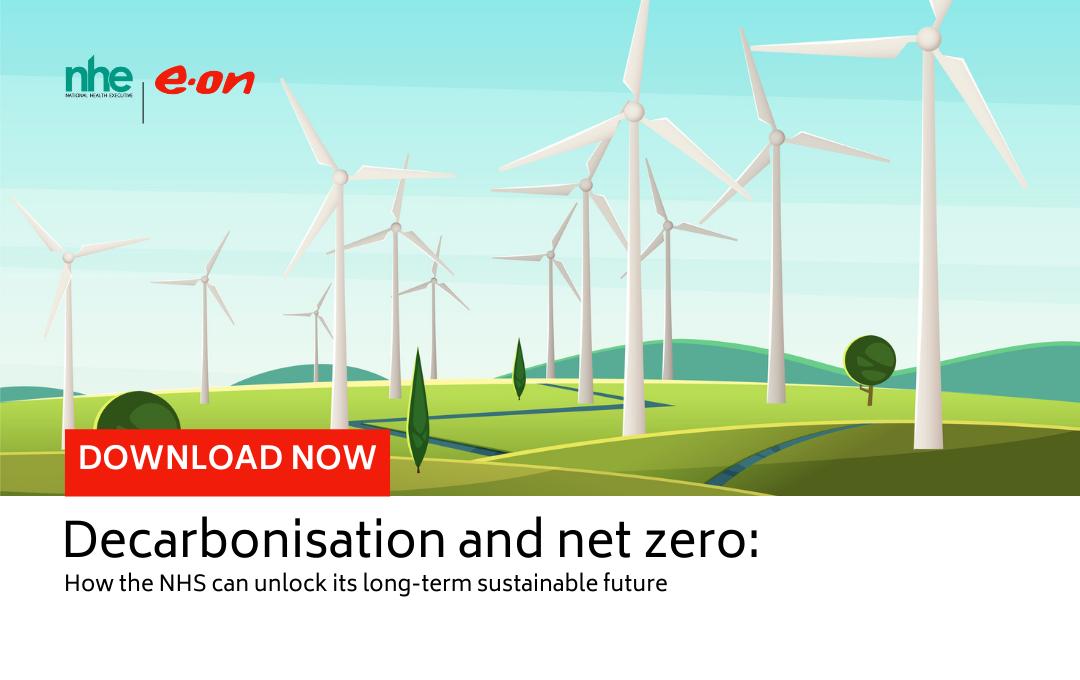NHS staff are continuing to cut waiting lists even in the face of ongoing industrial action and the busiest winter ever, new figures have revealed.
For the third month in a row, the number of people waiting for elective care has dropped, with the latest statistics indicating that the number of patients who had been waiting for treatment for more than 18 months was reduced by a third between January and February to 29,778. This is in addition to the one-year waiting lists dropping by 17,000 down to 362,498.
The cuts are also alongside the health service reaching new heights in diagnostics tests, with February seeing more than two million tests and checks performed for the first time.
The progress comes despite record levels of industrial action, including the ongoing junior doctor strikes which have seen 285,000 appointments and procedures cancelled. The latest data also shows that this winter has been the busiest ever for emergency departments, with A&E staff seeing more than 8.3 million attendances for the first time.
NHS England’s National Medical Director, Professor Sir Stephen Powis, said: “The last few months have been demanding for the NHS as record numbers of patients have come forward for care on top of hugely disruptive strike action.
“Today’s data shows demand on services is not relenting with A&E attendances and ambulance calls outs in March recorded at the highest level so far this year – even higher than a very busy January.
“But amidst the demand and industrial action, staff have progressed on key NHS priorities with the number of people waiting the longest for elective care continuing to reduce while for the first time ever the NHS has also hit the faster diagnosis standard for cancer – with more patients getting a definitive diagnosis or the all clear within 28 days.”
Today also marks the inaugural publication of 12-hour A&E waits from time of arrival, which was welcomed by NHS Providers’ Director of Policy and Strategy, Miriam Deakin.
“Today’s figure shows 11% of people waited over 12 hours in February. This is a real concern and reflects the incredible demand-driven pressures on trusts,” said Miriam.
“Patient flow through the entire system, including in mental health and community services, is under strain with referrals and the number of people waiting on the rise. Trust leaders are desperately awaiting a long-term fully funded workforce plan, which should start to address staff shortages, exhaustion and burnout.”
Miriam also noted the “remarkable gains” made by healthcare staff to cut the elective waiting lists.



















